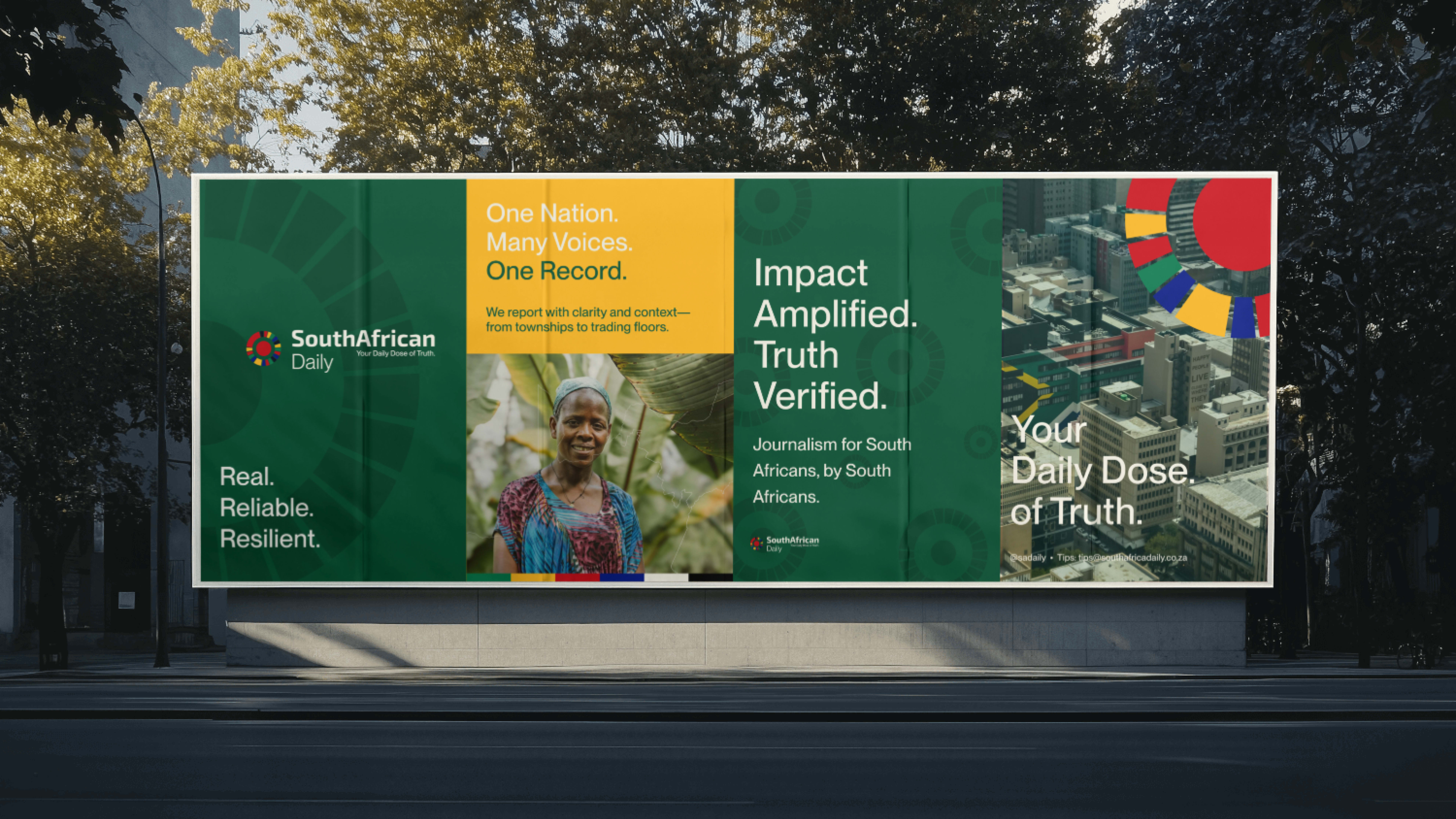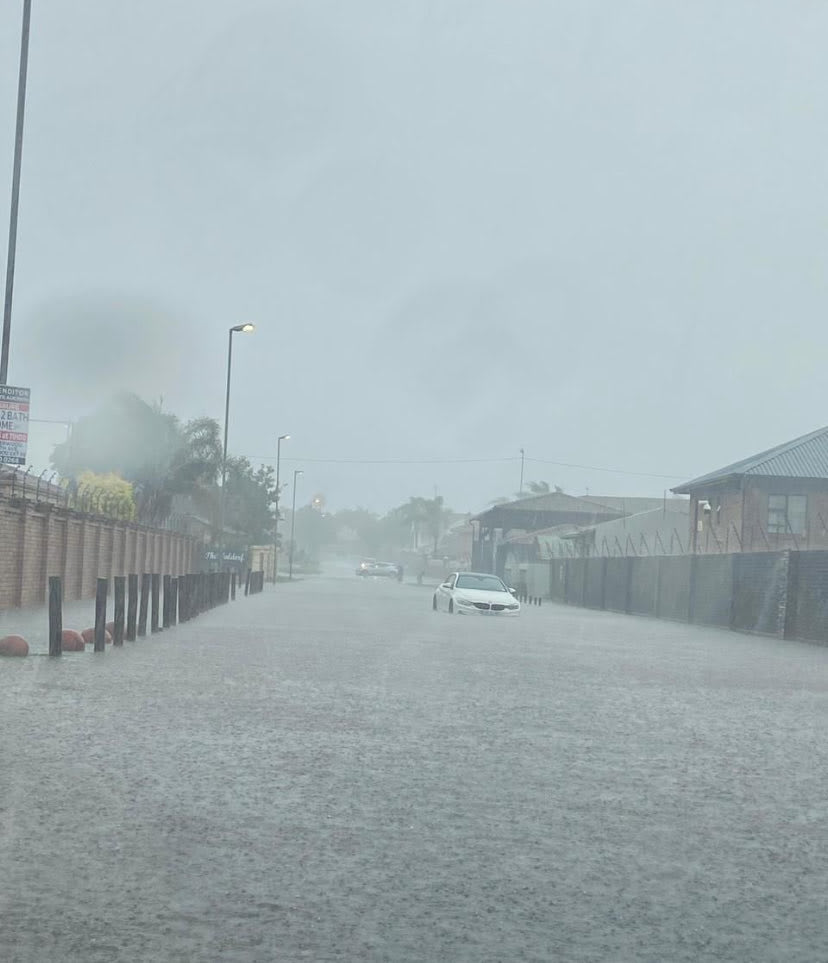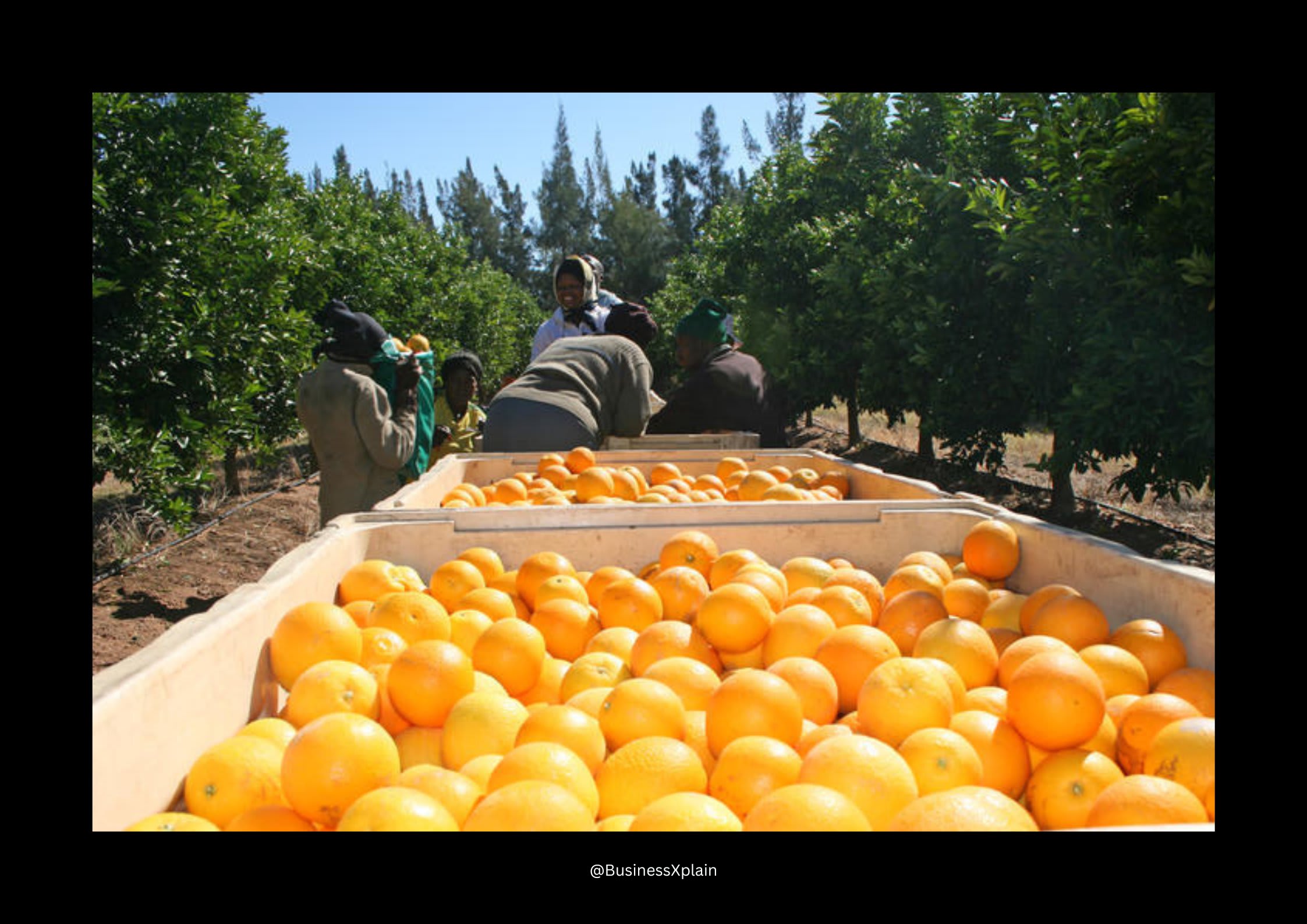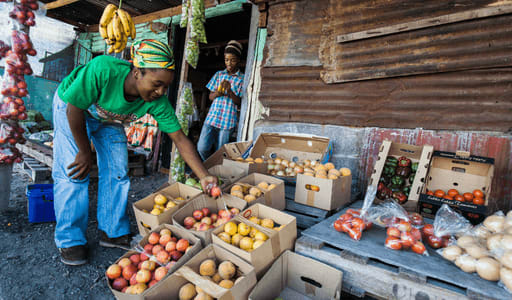The Minister of Electricity and Energy Dr Kgosientsho Ramokgopa joined by Chief Executives from NECSA, Eskom and NRWDI provided depth on key developments in South Africa Nuclear Energy Program. GCIS, Tshedimosetso House, Corner of Francis Baard and Festival Streets, Hatfield. 16/11/2025. Jairus Mmutle/GCIS
Dr Kgosientsho Ramokgopa
1Min
South Africa
Nov 16, 2025
Electricity and Energy Minister Dr Kgosientsho Ramokgopa says South Africa is moving decisively to secure long-term energy stability, announcing major nuclear, transmission and research developments including a R440 billion plan to build 14,000km of new transmission lines.
Electricity and Energy Minister Dr Kgosientsho Ramokgopa says South Africa is moving decisively to secure long-term energy stability, announcing major nuclear, transmission and research developments including a R440 billion plan to build 14,000km of new transmission lines.
In a briefing on Sunday, Ramokgopa confirmed that Koeberg Unit 2 received an operating licence on 6 November, giving the plant another 20 years of production.
“This licence means we have an opportunity to derive electricity supply from these two reactors, which give us in total 1,860 megawatts. It’s going to ensure that nuclear continues to be part of the baseload capacity and help reduce the severity of load-shedding,” he said.
Ramokgopa said nuclear energy is key to enabling renewables.
“The modelling suggests that nuclear’s contribution is key to allowing us to accelerate the onboarding of renewable energy sources such as solar PV and wind. They are predicated on the existence of nuclear in the baseload,” Ramokgopa said.
He confirmed that environmental approval has been granted for a new nuclear site at Duynefontein, near Koeberg. “It means we can now deploy at least 2,400 megawatts of new nuclear energy,” he said.
Further he said cabinet has lifted the “care and maintenance” status on the long-stalled Pebble Bed Modular Reactor (PBMR) programme. “Cabinet has taken a decision that we are lifting care and maintenance and we are saying to Necsa: pursue the possibility of expanding the PBMR.”
“Over 20 countries have taken a decision to triple their installed nuclear capacity, and 14 major lenders have said they will finance small modular reactors. It’s a no-brainer that SMRs are going to be a big part of the global energy complex,” he said.
Ramokgopa said modular reactors could reduce the need for expensive transmission infrastructure. “We want to build 14,000km of new transmission lines it’s going to cost us R440 billion. If you blend new generation with SMRs, you are unlikely to need such an extensive network because they can be deployed close to the load centres.”
Ramokgopa said nuclear is going to feature significantly as the continent industrialises and “as we address the electricity hunger of 600 million people.”


















